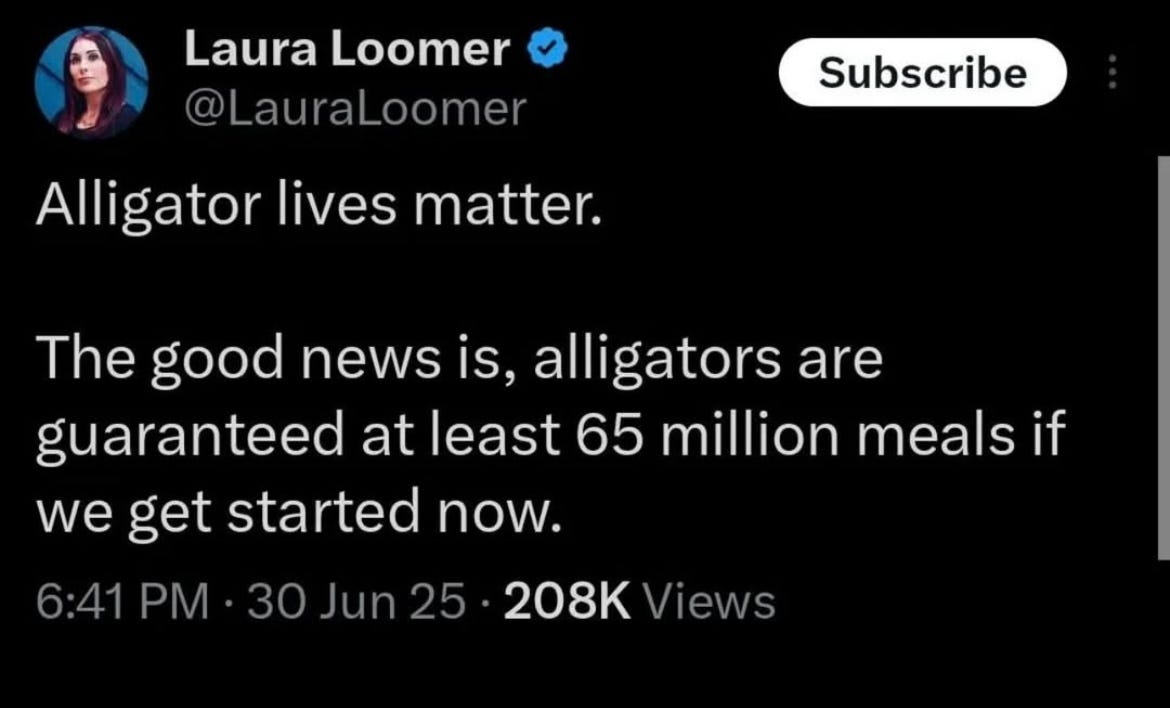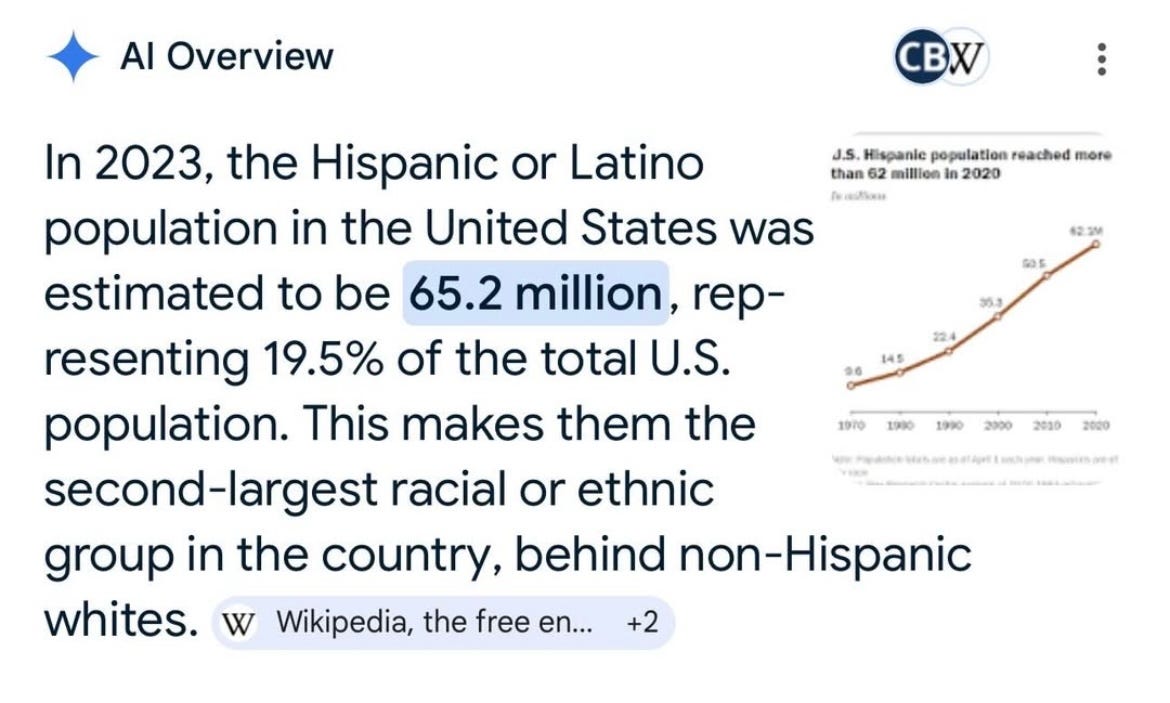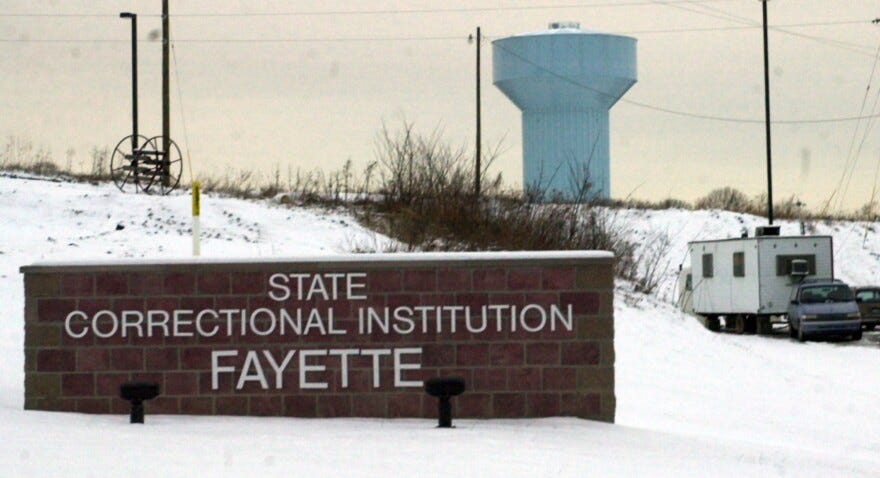Alligator Alcatraz: Why Prisons Are A Climate & Humans Rights Issue
The United States has the highest incarceration rate of any other country, with around 2.3 million people imprisoned in jails, prisons, and detention centers.
Alligator Alcatraz, the new detention facility center located in the Florida Everglades, surrounded by swamplands and treacherous pathways, is being portrayed as a symbol of power, authority, and danger. Set to imprison nearly 5,000 immigrants and built in 8 days. Alligator Alcatraz is already creating alarm bells for activist groups. Miccosukee Tribal Member William Osceola interviewed with ABC News, discussing human and environmental concerns and their potential impact on the reservation and restoration efforts in the Everglades.
Far-right fanatics like Laura Loomer, sharing her excitement for the prison, are on another level of Trumpism and the core base of upholding an ideology that immigrants are the issue, rather than the select few billionaires who continue to drain the money from people. The truth is that I am scared for my people, I am afraid of the world we are entering, fueled by hatred towards marginalized communities.

The popular environmental movement must work with climate and environmental justice groups to understand that we can no longer ignore the conversations around race, class, and geography. The reality is that fascism is here and no amount of theory will protect us, but rather that the better we understand these interconnections, the better we can do to illustrate the injustices. Learning about the prison industrial complex is an essential topic for deconstructing the human and environmental violations that occur at the prison level.
How do we think about prisons?
As someone who is delving deeper into abolitionist theory and examining my power and privilege, it is essential to note that abolition is not a new concept in movements. Millions of people who are overwhelmingly Black, Brown, or poor are within these industries. Our criminal justice system is rooted in racism and white supremacy, fueling racial capitalism. Cedric Robinson, who coined racial capitalism in his book Black Marxism: The Making Of The Black Radical Tradition in 1983 said the following, “Capitalism and racism did not break from the old order but rather evolved from it to produce a modern world system of “racial capitalism.” Capitalism and racism, in other words, did not break from the old order but rather evolved from it to produce a modern world system of “racial capitalism” dependent on slavery, violence, imperialism, and genocide.
In California, for example, we see racial capitalism when it comes to wildfires. The fire-camp program in 1946 continues to rely on 1,000 people who are imprisoned, who are only paid $2-5 a day and an additional $1-2 when they are on the frontlines. As the climate crisis continues to take a toll, Black and Brown inmates are more likely to be used on the frontlines. When the pandemic first started, we also saw in New York that sanitizer sales spiked by 323%, which was being produced by inmates, yet they weren’t being paid equitably. Time after time, we have continued seeing the long-term exploitation of people who are imprisoned.
Dorothy Roberts, a professor and social justice advocate, who you may know from some of the books listed above, has written numerous books on gender, race, and class legal issues, sharing how the US must endorse three theses when fighting for prison abolition.
One: Today’s carceral punishment system can be traced back to slavery and the racial capitalist regime it relied on and sustained."
Two: The expanding criminal punishment system functions to oppress black people and other politically marginalized groups in order to maintain a racial capitalist regime."
Three: We can imagine and build a more humane and democratic society that no longer relies on caging people to meet human needs and solve social problems."
Who is the most affected by the prison industrial complex?
African Americans are incarcerated in state prisons at five times the rate of whites. Black men face disproportionately harsh incarceration experiences as compared with prisoners of other races. Racial disparities are also noticeable with Black youth, as evidenced by the school-to-prison pipeline and higher rates of incarceration for Black juveniles. The aggregate cost of total imprisonment in the United States (which includes costs borne by the families of those incarcerated, lost wages, and health impacts) is, by estimate, 1 trillion dollars. The destruction of lives and failure to implement rehabilitative effects make us question why these systems exist in our lives.
So, what is abolition?
Abolition calls for the ending of an exploitative system (for example, slavery) that institutions, governments, or states uphold. Abolitionists recognize the clear power imbalance and injustice that permeates a system that was designed to harm Black, Indigenous, and People of Color disproportionately. Angela Davis, whom you may know for some of her written works and her lifetime legacy of activism, is a leader in the fight for U.S. prison reform. Once, she said, “Prisons do not disappear social problems, they disappear human beings. Homelessness, unemployment, drug addiction, mental illness, and illiteracy are only a few of the problems that disappear from public view when human beings contending with them are relegated to cages”.
The prison abolition movement is a collective group of people and groups that call for deep, structural reforms to how we handle and reimagine crime and justice. If we were to design a system for community care that promotes collectivism, well-being, and planetary safety, we would not need to rely on existing systems that further perpetuate injustice. We need investment in affordable housing, healthcare, education, and many other social services that would further alleviate the current issues exacerbating our system. Preventive care is community care; this is where accountability is fostered through grassroots efforts, not prison walls.
So what does environmental justice have to do with our fight against prisons?
Simple, environmental justice principles advocate for the protection of all beings living in toxic environments. The health and safety of those who are imprisoned must be centered, especially when they have spoken out countless times about the unsafe environmental conditions in which they are forced to live. People who are released from prisons have reported having a decrease in health quality from both a physical and mental health perspective.
One story is notable for someone who experienced environmental injustice at their site, known as Marcos Santos. Marcus Santos was a healthy man when he arrived at the State Correctional Institution (SCI) Fayette, a maximum-security prison in La Belle, Pennsylvania, in February 2012.
But by the third year of his five-to-ten-year sentence, Santos feared for his life. He’d developed a host of severe medical problems—skin rashes, partial vision loss, swelling in his throat—and worried whether he’d ever see his 13-year-old son again. Santos, who kept detailed notes of his symptoms and underwent numerous emergency medical treatments over those first few years in jail, was eventually transferred to another facility, where his condition soon improved. Meanwhile, back at SCI Fayette, fellow prisoners were experiencing similar health struggles: not just routine headaches, dizziness, and fatigue but also respiratory illnesses, gastrointestinal tract problems, thyroid disorders, and cancers.
Abolitionists Law Center, which wrote a report on the case and a detailed map of the toxic environment, pointed out that the prison was right next to a coal ash dump. Through a yearlong investigation in coordination with the Human Rights Coalition, the law center, based in Pittsburgh, about an hour from La Belle, found the alarming rates of illness among SCI Fayette’s prisoners to be consistent with exposure to coal ash. The prison’s immediate surroundings, according to the investigation’s 2014 report, No Escape: Exposure to Toxic Coal Waste at State Correctional Institution Fayette, include about 40 million tons of waste, two coal slurry ponds, and millions of cubic yards of coal combustion waste. Findings like these have led a group of town members to challenge the polluters in court for violating state environmental regulations.
These cases are not unique throughout the United States and we continue to see how developments for prisons, jails, and detention centers grow.
The United States incarcerates more people, and more people per capita, than any other country. The country has 7,147 prisons, jails, detention centers, and correctional facilities that incarcerate 2.3 million people. We must address and acknowledge that when we mean community, it isn’t just our neighbors, it’s people who are systematically being oppressed and imprisoned by toxic institutions. Prisoner solidarity is crucial in the pursuit of environmental justice.
How do we see organizations building the gap between racial and environmental justice?
Environmental justice organizations fighting against toxic prisons have been working on this issue for years. One such organization is the Prison Ecology Project. The Human Rights Defense Center has created the Prison Ecology Project (PEP) to investigate, document and take actions to address how mass incarceration degrades the natural environment and the human health of those inside or nearby prisons and jails. PEP partners with the Campaign to Fight Toxic Prisons to organize and conduct outreach.
The Prison Ecology Project addresses issues such as the damage caused by sewage and industrial waste from overpopulated and under-regulated prisons entering waterways; threats to listed species from the ongoing construction and operation of prisons in remote, environmentally sensitive rural areas; and environmental justice concerns regarding prisoners, staff, and surrounding communities.
No matter who you are, joining justice-oriented movements founded on grassroots momentum that amplify the voices of those who are incarcerated, supporting organizers who have been advocating for prison reform, and reading books on abolition and environmental justice will help us further shape our understanding.
Alligator Alcatraz is just the beginning of the Trump administration to further oppress our communities. If the Big Beautiful Bill were to pass, it would give billions of dollars to ICE to further solidify their power as a force to hunt down immigrants, but also to eventually push policies for denaturalization and silence US citizens who speak out against ICE.









Frightening stuff! A therapist colleague of mine had her mind changed about prison after she became a therapist in a prison. Then she realised that all her clients there had roughly, on average, 15 ACEs. These were seriously mentally distressed and traumatised people, she then realised. And why does this traumatisation of people go on and on?! Who does it benefit?! That's enough exclamation marks - I'm distressing myself...